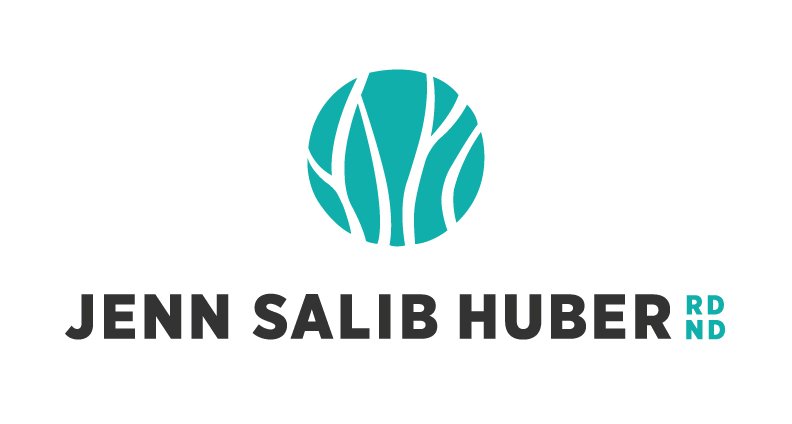Sun and Summer Safety.
We've had a few very nice days this Spring, so nice in fact that it's got people thinking about sun safety already! While it would be nice to live in a world where everything on the shelf was safe, that is sadly not the case. I've had a number of people ask about sunscreen, so while I'm far from a sunscreen expert here are some things to keep in mind.The goal of any suncreen is to block the sun's rays (UVA and UVB) from penetrating the skin and causing a sunburn. Simple enough, right? Well, yes, but along with the active ingredient in the suncreen, you may be getting a whole lot more than you bargained for.1. Look for a zinc based suncreen. Zinc based sunscreens sit on top of the skin and don't penetrate that way that non-zinc based creams do. The problem is that these "other" types of sunblock may contain parabens, which are known to mimic estrogen. Examples of zinc-based sunscreens include 'Green Beaver', 'California Baby', and 'Badger'. And, they're available locally at Nurtured Products for Parenting, which is great.2. Avoid 'Retinyl Palmitate'. This Vitamin A derivative may speed the growth of some skin cancers, according to an FDA study.3. Avoid 'Oxybenzone'. This is another ingredient that can mimic estrogen, so best to stay away.4. More isn't always better. Many people reach for the highest SPF they can find, but there's no research to support that using anything beyond SPF 50 is of benefit. Most people are fine with an SPF of 30, reapplied every 2 hours.5. Don't rely on sunscreen. If you're going to be outside during the hottest part of the day, stick to shaded areas and cover up. Long sleeved clothing and hats can go a long way.6. Don't fear the sun. As much as we talk about sun safety, we must remember that the sun is essential to human health as we are able to make vitamin D from the sun, but only on areas of skin that aren't covered up (by clothing or sunscreen). Avoid sunburns at all costs, but don't avoid the sun. Experts are unclear about how much is safe; the American Medical Association has recommended 10 minutes of direct sun (without sunscreen) several times a week (AMA 2008), while the American Academy of Dermatology holds that “there is no scientifically validated, safe threshold level of UV exposure from the sun that allows for maximal vitamin D synthesis without increasing skin cancer risk” (AAD 2009).Need more information? Have a look through the EWG's Sunscreen Guide. It's published every year and ranks products according to ingredients and safety.
